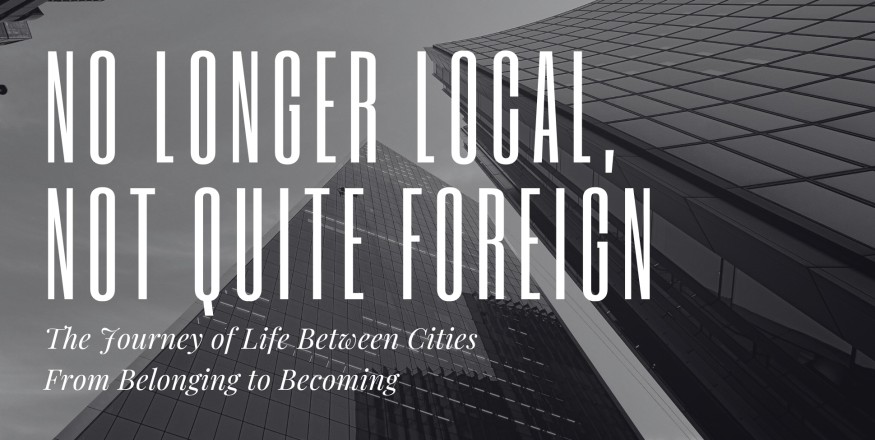There are places we remember not for what they were, but for how they made us feel. For me, Hong Kong International Airport—Chek Lap Kok—was one such place. Not merely a transit hub, but a monument to the city’s ambition. I was still a child when they began building it—too young to grasp the scale of what was happening, too young to understand what it meant to move an entire airport onto a man-made island. I didn’t know the history, not properly. I never experienced Kai Tak in the way the older generation did, with its hairpin descents and brushing rooftops. I heard stories, of course, but they always felt more like folklore than memory.
What I did know was the awe. Even as a boy, I could tell this airport was something else. When it opened in 1998, it felt like the future had arrived. Everything was light, air, and symmetry. I remember the travelators, the shimmering floors, the impossibly high ceilings—cathedral-like in their quiet reverence. The way the sunlight poured through those great panes of glass, and how every corridor seemed to stretch into possibility. It was as though the city had built not just an airport, but a promise.
I belonged to the generation raised in the era of Chek Lap Kok. We didn’t watch it land—we grew up inside it. My earliest memories of travel were shaped within its wide terminals and soft-spoken announcements. I remember clutching my little suitcase, watching the planes outside the windows, lined up like sleek white birds preparing for migration. Even then, I felt a kind of pride—not patriotic, perhaps, but personal. This was my city, and this was what it could build.
Unlike other airports, which so often feel like logistical battlegrounds—overcrowded, chaotic, impatient—Chek Lap Kok felt calm, choreographed. It moved with quiet precision. You noticed it in the way passengers flowed through immigration, how bags appeared like clockwork on carousels, how even the signage never seemed to raise its voice. I would later come to understand this was no accident—Norman Foster had designed it to be both elegant and efficient—but at the time, it simply felt right.
Over the years, of course, other airports have risen to prominence. Changi in Singapore now resembles a city within a city, complete with butterfly gardens, koi ponds, and the famed Jewel with its cascading indoor waterfall. Dubai’s airport dazzles with scale and spectacle—glossy, gilded, and relentlessly grand. Doha, Incheon, Hamad, Munich—all reminders that the aviation world has kept evolving, kept dreaming, often with budgets and ambitions to match. Against this backdrop, Hong Kong’s airport may no longer feel like the future. And yet, it remains firmly in the realm of the world-class. Its bones are strong, its vision still visible in its quiet orderliness. What it lacks in novelty, it retains in dignity.
What people sometimes forget is how impossible it all once seemed. Building an entire airport on reclaimed land, connecting it to the city by sea and high-speed rail, relocating a gateway for tens of millions—this was, by all measures, an engineering miracle. I remember watching a documentary once, marvelling at the complexity of the logistics, the scale of the ambition, the precision with which it was executed. It was more than infrastructure; it was a symbol of belief.
These days, I travel less. And when I do pass through Hong Kong airport, something has changed. The architecture is the same, the layout familiar, but the mood feels different. In recent years, it has become a place not just of arrival and departure, but of farewell. Too many have passed through its terminals not for holiday or business, but for migration—for leaving behind something that once felt unshakable. You see it in the eyes of those hugging their families goodbye, in the way some look back one last time at the gates. For many, the airport now holds the weight of memory. It has become a bookend, a final chapter.
And yet, I still remember how it once made me feel. That sense of movement. Of pride. Of possibility. I may not have known the full story, or the legacy of Kai Tak, but I remember the feeling of stepping into Chek Lap Kok as a child—wide-eyed, weightless—and believing, if only for a moment, that this city was unstoppable.
Perhaps the airport has grown quieter. Perhaps it has lost some of its lustre. But for those of us who grew up with it—who watched it rise from sea and steel—it will always be more than a building. It will remain, in some quiet corner of the mind, a place where pride once lived. A place we once called our beginning. Or our end.
ns216.73.216.148da2

































